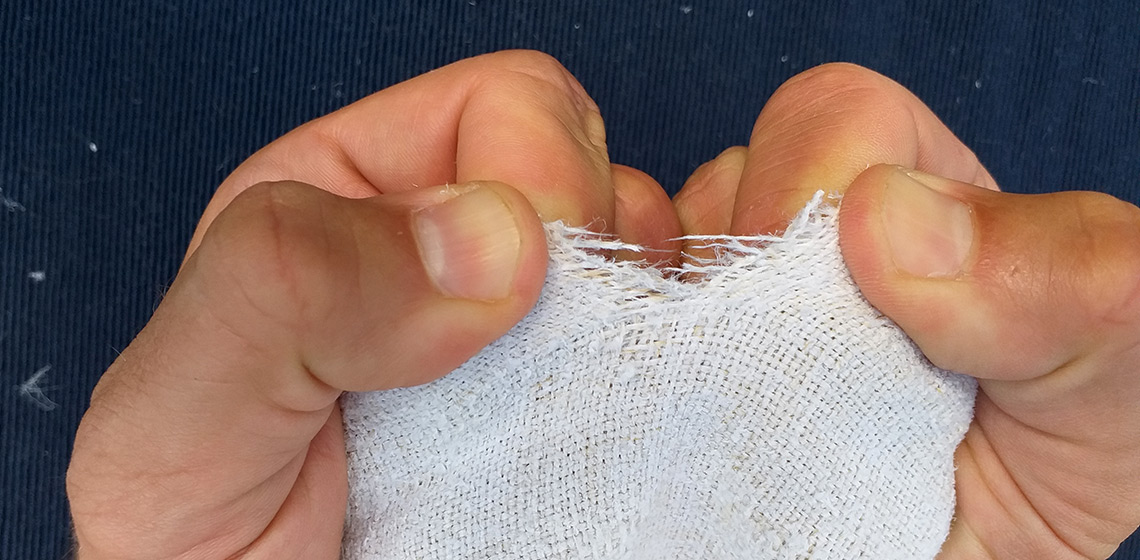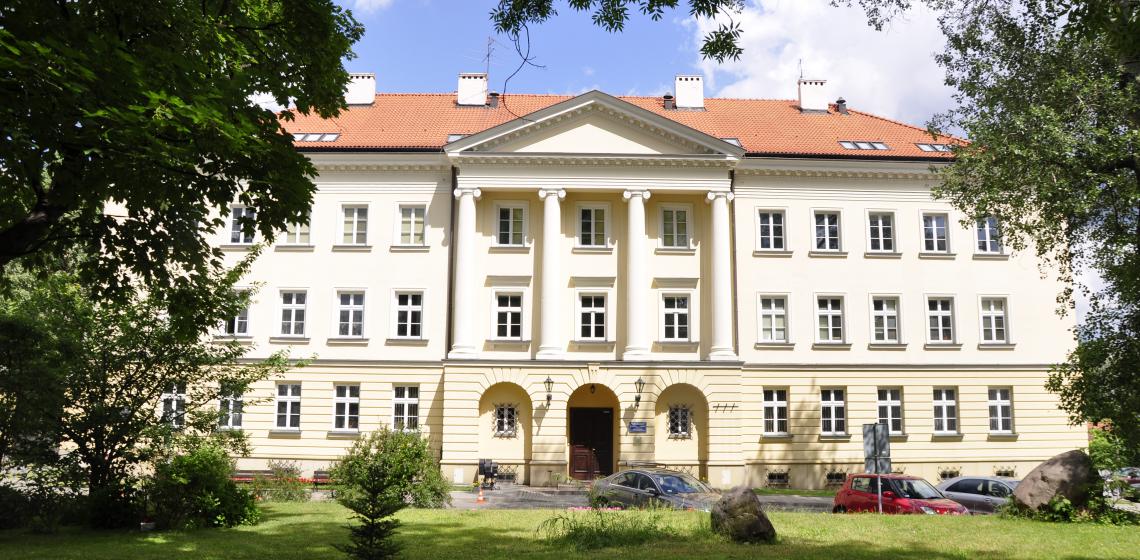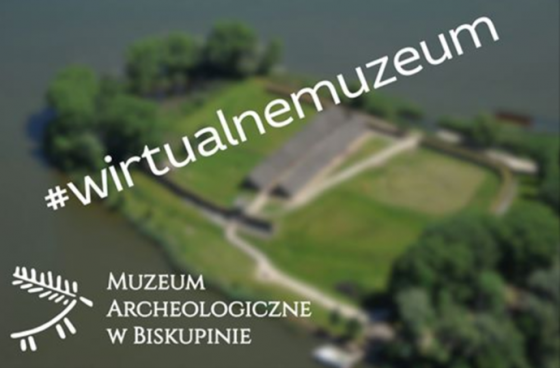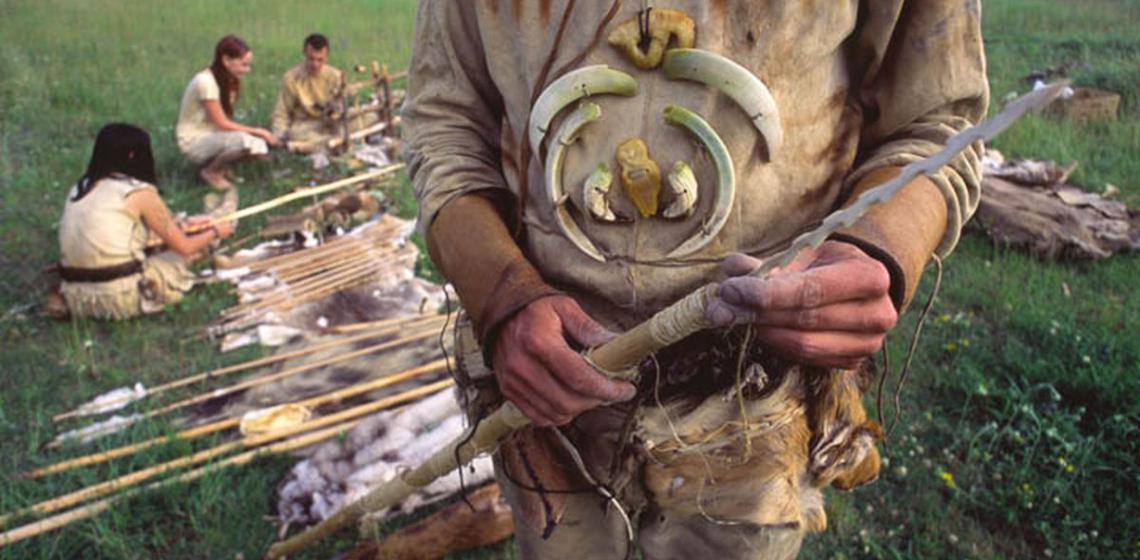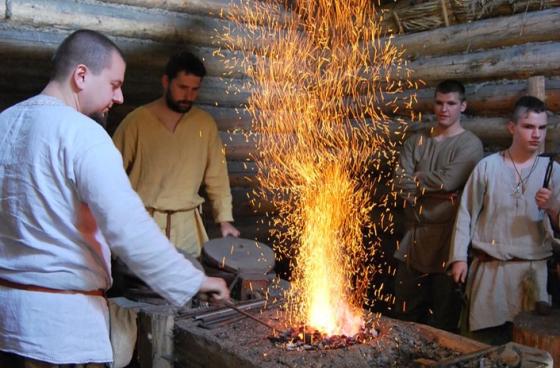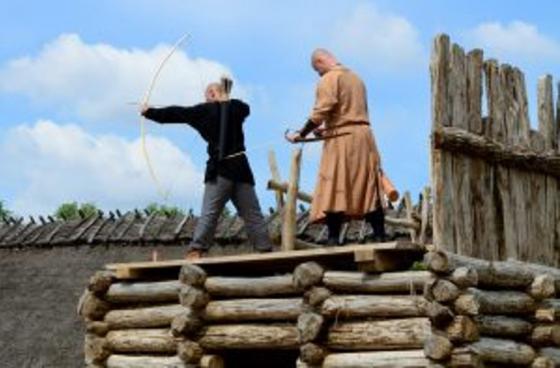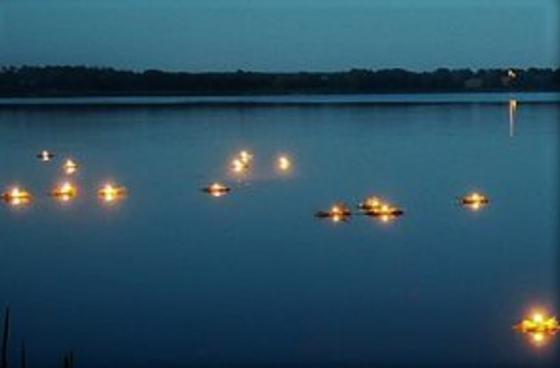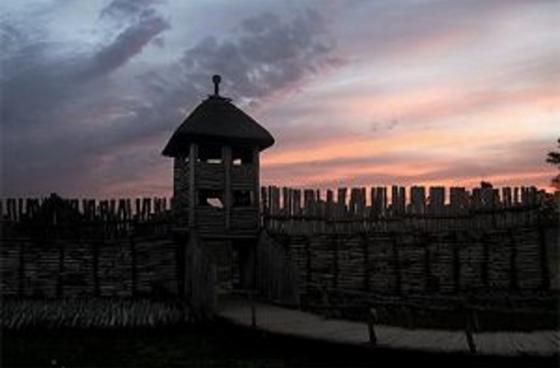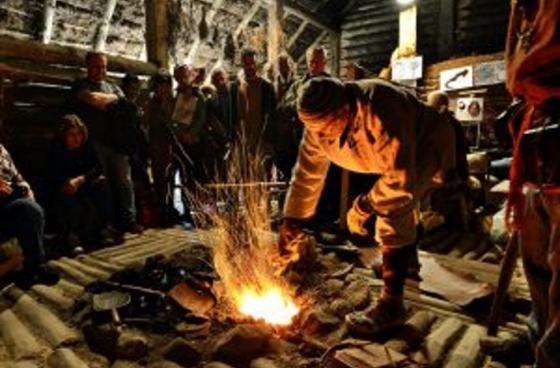Poland
Uniwersytet Warszawski (PL)
The University of Warsaw established in 1816, is the largest university in Poland. It employs over 6,000 staff including over 3,100 academic educators. It provides graduate courses for 53,000 students (on top of over 9,200 postgraduate and doctoral candidates). The University offers some 37 different fields of study, 18 faculties and over 100 specializations in Humanities, technical as well as Natural Sciences.
Institute of Archaeology
The Institute of Archaeology at University of Warsaw is the largest academic institution of its kind in Poland and one of the largest in the world. It is divided into 17 Departments and 7 Laboratories. The Institute hires c. 100 staff, including researchers, lecturers, technicians and administrators. We teach about almost every branch of modern archaeology and related sciences to over 1500 students from different areas of study.
#wirtualnemuzeum Biskupin
We invite you to the museum virtually!
Nicolaus Copernicus University (PL)
The Institute of Archaeology, Nicolaus Copernicus University in Toruń is one of the oldest research centres in Poland dealing with experimental archaeology. The first studies of this type realised by our researchers were published in the 1970s.
Since then, experimental archaeology took an important place in different types of scientific projects carried out at our Institute, associated with, for example, medieval metallurgy or textiles. However, we place a special emphasis on the use of the experimental methods in research on prehistory, particularly, the Stone Ages. Most of the work realised of this type is aimed at the creation of experimental tools that we use as a comparative material during traceological analysis of the prehistoric artefacts.
Carpathian Archaeological Festival - Two Faces
The Carpathian Archaeological Festival Two Faces is a cyclical outdoor event based on historical reconstruction and experimental archaeology, related to the Bronze Age and the early Middle Ages. After a decade of organization, the event enjoys a well-deserved reputation in Poland and Europe. Then we host g
XII Biskupin Archery Tournament
We invite you to the "XII Biskupin Archery Tournament". Every year, this event gathers more and more participants, which makes their battles look extremely spectacular! The players will await two days filled with various types of competitions, and visitors will be able not only to watch the tournament, but also to listen to interesting lectures related to historical archery and take part in fre
Midsummer Night
"Kupala Night" is a unique opportunity to learn about the customs associated with the traditional holiday of summer solstice . Why did they jump through the fire? Has anyone ever found a fern flower? What was the significance of baths and wreaths on this special night? And what could flower and herb divination tell people? You will learn these and many other curiosities related
Mystery night at the museum
"European Museum Night" is a special holiday. During last year's nights at the Museum, we invited our guests for a walk with torches and dinner in one of the huts, and we were at a bonfire in the Piast village, where you met its inhabitants - you talked to the rulers, and the
Journeys in Time - The Village of Prince Mieszko
<
Journeys in time - a settlement on the peninsula
The second part of the series "Travels in time" is dedicated to the inhabitants of the settlement from the turn of the Bronze and Iron Ages. During this trip you will learn how 2700 years ago a fortified settlement on the Biskupińskie Lake peninsula was established, whose unique wooden archeology has survived to the present day. Her discovery was one of the mo

